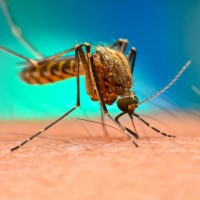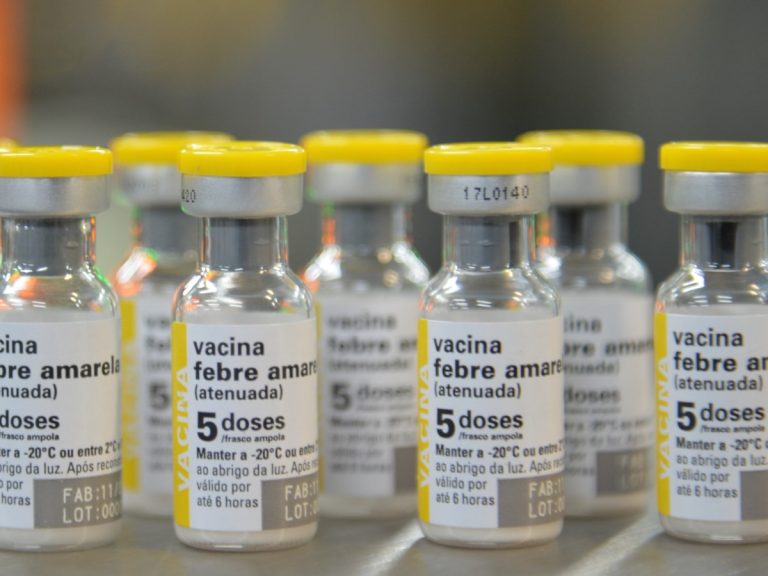Aedes aegypti non-native mosquito detected in Oregon
On Aug. 26, 2025, health officials in Ashland, Oregon reported that six Aedes aegypti mosquitoes were found in…

On Aug. 26, 2025, health officials in Ashland, Oregon reported that six Aedes aegypti mosquitoes were found in…

On Jul. 4, 2025, the World Health Organization (WHO) released the Integrated Guidelines on the Clinical Management of…

In 1647, the first outbreak of yellow fever occurred on the island of Barbados.

On Mar. 15, 2023, scientists at Texas A&M announced that a research study: ‘RNA interference is essential to…

On May 4, 2022, Oxitec announced approval from the Florida Department of Agriculture and Consumer Services, including reviews…

On Oct. 14, 2020, recognizing the urgent need for new tools to combat vector-borne diseases (VBDs), and in…

On May 7, 2019, Chembio Diagnostics announced the approval of its DPP Dengue System by Agência Nacional de…

On Jun. 19, 2015, the Immunization Practices Advisory Committee (ACIP) published recommendations for yellow fever booster doses.

On May 7, 2013, the World Health Organization (WHO) announced that the yellow fever ‘booster’ vaccination given ten…

In 1985, the CDIPD was founded as an NIH-NIAID-supported Tropical Disease Research Unit (TDRU) at University of California,…

On Jan. 3, 1978, the Yellow fever vaccine (YF-Vax by Connaught) was licensed in the U.S. The Yellow…

In 1976, patients began presenting at a rural hospital in northwest Democratic Republic of Congo (then referred to…

In 1974, the Expanded Programme on Immunization was created within World Health Organization (WHO) in response to poor…

In 1963, the Aedes aegypti Eradication Branch was established to rid the Americas of the Aedes aegypti mosquito…
On May 22, 1953, thre yellow fever vaccine (Merrell National Labs) was first licensed in the U.S.

In 1948, the National Institute of Health was reorganized into the National Institutes of Health (NIH), and Rocky…

In 1947, the Zika virus was first discovered during research supported by the Rockefeller Foundation to study the…

In 1937, the Rocky Mountain Laboratory became part of the National Institute of Health (NIH). During World War…

In 1936, Max Theiler, Professor of Epidemiology and Public Health at Yale (and later the Rockefeller Institute), and…

In 1934, The Yellow Jack, co-written by Sidney Howard, a Pulitzer- and Oscar-winning playwright and screenwriter, and Paul…

On Feb. 28, 1929, the Walter Reed Medal, a military decoration of the U.S. Army was created by…

In 1913, for the first time ever, a virus (vaccinia) was grown in cell culture, and then in…

In 1913, Japanese immunologist and bacteriologist Hideyo Noguchi discovered that Treponema pallidum (syphilitic spirochete) was the cause of…

On May 1, 1909, Walter Reed General Hospital in Washington, DC admitted its first patient. The Commander of…

In 1908, Milton J. Rosenau and John F. Anderson established the standard unit for tetanus antitoxin. A pioneer…

In 1900, american military surgeon Walter Reed discovered that a virus causes yellow fever, a mosquito-borne hemmorrhagic disease…

In 1881, Carlos Finlay, a Cuban doctor and scientist, proposed that yellow fever was transmitted by mosquitoes. Finlay’s…

In 1879, following yellow fever outbreaks, the U.S. Congress established the National Board of Health, in part to…

In 1878, the yellow fever epidemic raged along the Mississippi River Valley.

In 1832, Asiatic cholera epidemic hit New York City with particular ferocity. Sanitary cordons, or quarantine, were the…